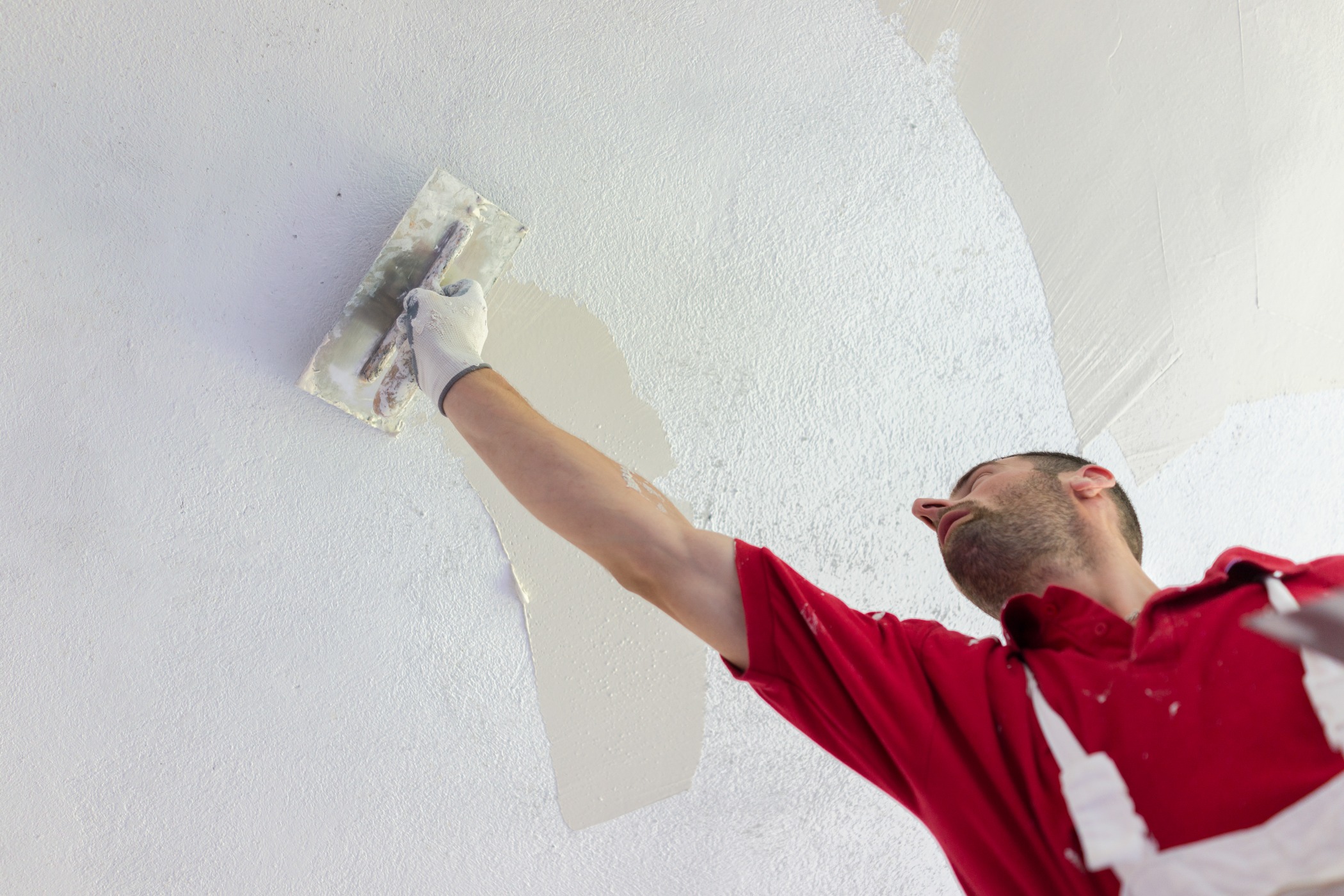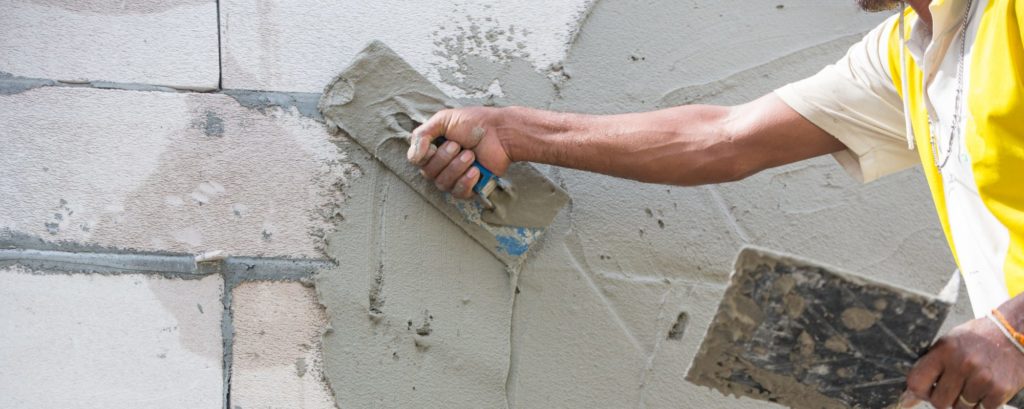Interior Plastering: Quality Handiwork for Flawless Wall Surface Surfaces
Interior Plastering: Quality Handiwork for Flawless Wall Surface Surfaces
Blog Article
A Comprehensive Guide to Learning Plastering Skills for Your Restoration Demands

Important Devices and Materials
Different important tools offer distinctive functions, guaranteeing effectiveness and precision throughout the plastering process. A high-grade trowel, for circumstances, is vital for using and smoothing plaster, while a hawk supplies a secure platform for holding the product.
Along with tools, selecting the appropriate plastering materials is essential. Gypsum-based plasters are frequently favored for their adaptability and ease of use, while cement-based alternatives are optimal for outside applications because of their toughness. Water and bonding representatives play substantial functions in achieving proper consistency and bond, making sure that the plaster adheres effectively to the surface area.
In addition, safety gear such as masks, safety glasses, and handwear covers is important to guard against dust and irritation throughout the application procedure. By putting together the best mix of tools and materials, plasterers can improve their ability set and create top notch surfaces, inevitably elevating the general workmanship of their job.
Preparing Surfaces for Plastering
Achieving a smooth and sturdy plaster finish begins with careful prep work of the surfaces to be smudged. This fundamental action is critical to making certain adhesion and the long life of the plaster. Begin by examining the problem of the substratum-- whether it is concrete, masonry, or drywall-- eliminating any loosened paint, dirt, or particles that may hinder bonding.
Next, fix any type of blemishes such as holes or splits. Use an ideal filler to achieve a level surface area; this can be critical for avoiding future problems. As soon as fixed, guarantee the surface is clean and completely dry, as moisture can endanger plaster adherence.
For permeable surfaces, it is recommended to use a bonding agent. This item boosts adhesion and creates a trusted user interface between the plaster and substratum. If working with formerly plastered surface areas, it might be required to scuff or sand the location gently to give a trick for the new plaster layer.
Plastering Techniques and Tips
Mastering smudging strategies calls for both ability and method to accomplish a perfect finish. One important strategy is the application of the plaster in several thin layers, instead of a solitary thick coat. This approach permits better attachment and lowers the threat of splitting. site link Begin with a skim coat, ensuring it is evenly spread out and leveled with a hawk and trowel. Make use of a straightedge to look for any flaws before going on to subsequent layers.
When using the finish layer, utilize a shoveling technique that entails holding the trowel at a slight angle and operating in a circular motion. This assists to create a smooth surface area and reduces the appearance of trowel marks. Furthermore, keep a spray container of water useful to mist the surface area gently; this keeps the plaster practical and permits smoother finishing.
Timing is important; work effectively, as the plaster begins to establish. As soon as the plaster has actually tightened however is still wet, utilize a moist sponge to gently smooth the surface area even more. Last but not least, allow sufficient drying out time before sanding or painting, ensuring your difficult job leads to a professional, high-quality finish.
Typical Errors to Stay Clear Of

One more usual error is applying plaster also thickly. Excitable applications can bring about breaking and long term drying out times. It's vital to use plaster in thin, also layers, allowing each layer to dry adequately prior to including extra.
Furthermore, not using the right devices can prevent the top quality of the surface. Utilizing unsuitable trowels or mixers can produce disparities in the plastering process. Always select top quality tools designed for gluing tasks.
Lastly, numerous individuals take too lightly the importance of timing. Working in unsuitable temperatures or moisture levels can detrimentally affect plaster healing and drying out. It is view publisher site suggested to check climate condition and adjust your routine accordingly.
Finishing Touches for a Specialist Appearance
The final phases of a smudging project are vital for accomplishing a polished, professional look. When the plaster has actually dried out completely, the next action is to analyze the surface area for flaws.
After sanding, it's a good idea to cleanse the surface to eliminate any dust and particles. A damp cloth is reliable for this function, adhered to by a comprehensive drying duration. If necessary, using a thin layer of finishing plaster can boost the surface additionally, offering a smooth surface.
Once the completing plaster is dry, one more round of sanding may be required to attain the preferred smoothness. Finally, think about applying a guide prior to painting or wallpapering, which will boost adhesion and longevity.
Verdict
Mastering plastering abilities considerably boosts the quality of renovation jobs. A detailed understanding of essential devices, surface prep work, and effective techniques is critical for attaining professional results.
Water and bonding agents play substantial functions in accomplishing proper consistency and adhesion, guaranteeing that the plaster adheres efficiently to the surface area. Plastering.


Additionally, keep a spray container of water helpful to haze the surface lightly; this keeps the plaster practical and enables for smoother ending up. (Plastering)
If needed, applying a thin layer of completing plaster can boost the surface area additionally, offering a seamless surface.
Report this page